Are you tired of high water bills? Do you want to be more environmentally friendly? Have you ever considered collecting the rain that falls on your roof? Many people are turning to rain water collection system to save money and conserve water.
The rainwater harvesting can provide you with a free and sustainable source of water for various uses. That may include watering your garden or even flushing your toilet. Imagine never worrying about watering your plants during a dry spell again. This is where a rainwater collection system comes in.
This guide will teach you everything you need to know about building your rainwater collection system. We will cover the basics of how these systems work, the components you will need, and step-by-step instructions for building your own. By the end, you’ll have the knowledge and skills to start collecting rainwater. Let’s get started!
Introduction to Rainwater Harvesting
Why should you collect rainwater? It’s a simple question with a powerful answer. Rain water collection system provides a sustainable, environmentally friendly source of water. Rainwater harvesting reduces your reliance on municipal water supplies and can even lower your water bill.
Water collection is not a new idea. Civilizations have been harvesting rainwater for centuries. One fascinating example is the ancient Romans. As early as the 1st century AD, they developed sophisticated systems of rooftops, gutters, and cisterns to collect and store rainwater. These systems supported everything from drinking water to irrigation, proving the enduring value of this practice.
If you are ready to harness the power of rain. Building your own rainwater collection system is easier than you might think.

Benefits of a Rain water Collection System
It is an environmentally friendly and cost-effective way to water your garden, keep your lawn green, and even supply water for some indoor uses. Let us explore a few ways you can benefit from collecting rainwater.
- Using chemical-free rainwater for your garden can lead to healthier plants
- It will help in indoor water use. By saving water with toilet flushing and laundry.
- Collecting and using rainwater can significantly reduce your water bills.

How Rainwater Collection Systems Work
Rainwater collection systems capture and store rainwater for various uses. These systems can be as simple as a rain barrel or as complex as a large underground cistern. But regardless of the design, the basic principles remain the same.
Rain falls on a surface like a roof, and gutters direct the water into a storage container. This container can be above ground, like a barrel, or below ground, like a cistern. Before the water enters the storage, it passes through a filter to remove debris like leaves and dirt. Once collected, the stored rainwater can be used for various purposes, such as watering plants or even flushing toilets.
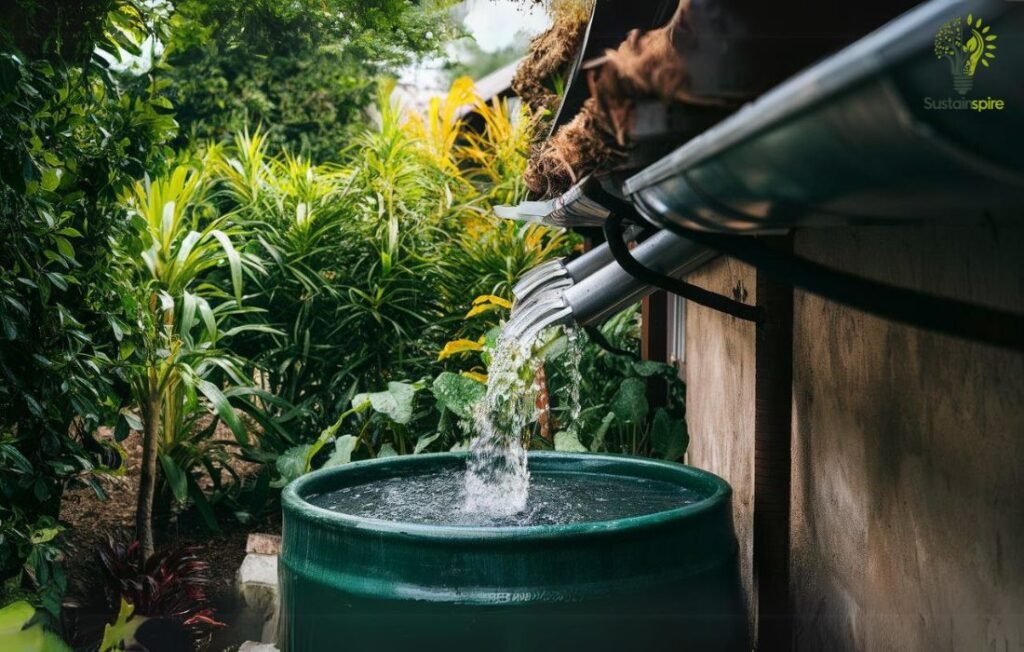
Types of Rainwater Collection Systems
There are many rainwater collection systems available, from simple to more complex setups. Choose one that fits your needs and budget. It is a great way to conserve water and save money. But how do you choose the right system for your needs? Let’s explore the most common types:
1. Rain Barrels – Rain Water Collection System:
Rain barrels are the most popular choice for beginners. They’re usually made of plastic or wood and are relatively inexpensive. You can easily install a rain barrel under a downspout to collect rainwater. A standard rain barrel can hold around 50-60 gallons – enough to water your garden for a few days. Think of it as your starter kit for water conservation.

2. Direct-Pump Systems:
If you need a larger supply of rainwater, consider a direct pump system. This system uses a pump to move water from a storage tank directly to your home. Direct pump systems are ideal for watering large gardens, washing cars, or even supplying water to your toilets. It’s like having your own mini water utility company.
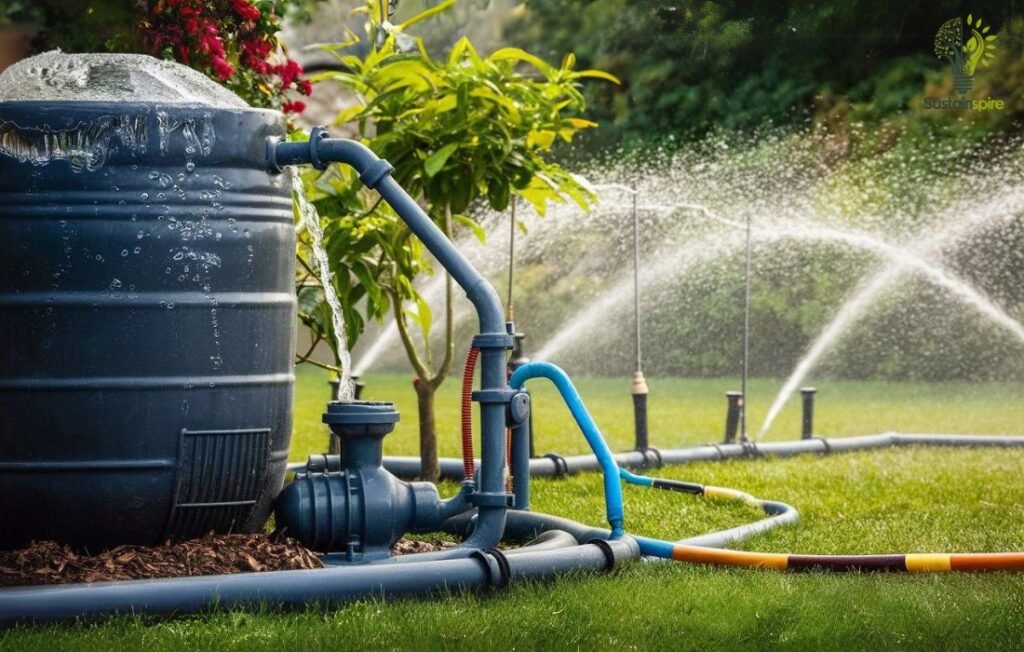
3. Gravity-Fed Systems:
Gravity-fed systems rely on the natural force of gravity to move water from a storage tank to your home. These systems are simple and reliable, requiring minimal maintenance. You can use a gravity-fed system to supply water to your garden, washing machine, or even your entire home. It’s an eco-friendly solution that’s easy on the pocketbook.
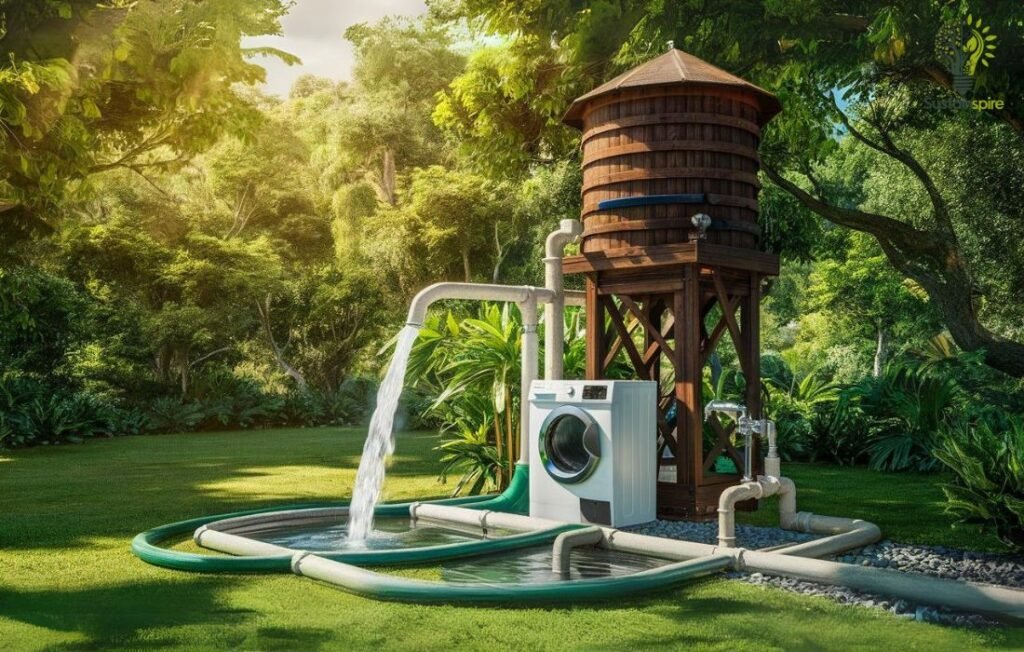
Planning Your Rain Water Collection System
Before you start building your rain water collection system, it’s essential to plan carefully. This will help ensure your system is the right size and is installed in the best location for your needs.
Assessing Your Needs
Think about how much water you plan to use. Do you want to water your garden with collected rainwater? Are you hoping to use it for washing clothes or even flushing toilets?
Once you know what you want to use the water for, you can estimate how much you need. You can start by measuring the area you want to water and researching the average water needs for the plants in your garden.

Choosing the Right System Size
Now that you know how much water you need, you can determine the size of your rain collection system. This can be as simple as a single rain barrel or a complex system with multiple large tanks. Remember that bigger tanks can store more water, but they also require more space.
Finding the Perfect Location for Your System
The best place for your system is often near a downspout that can direct rainwater into your storage container. Make sure the area is level and stable. This will prevent your system from tipping over and keep the area safe. Want to know more about building a rain collection system? Keep reading.
Components of a Rainwater Collection System
Building your own rainwater collection system is a rewarding project. That can provide you with a sustainable source of water for various uses around your home and garden. Let’s explore the key components that make up a successful system.
Catchment Area:
Your roof acts as the primary catchment area, collecting rainwater like a giant sponge. The size of your roof directly impacts the amount of water you can harvest. A simple calculation can estimate the potential: every square foot of roof can collect roughly 0.6 gallons of water per inch of rainfall.
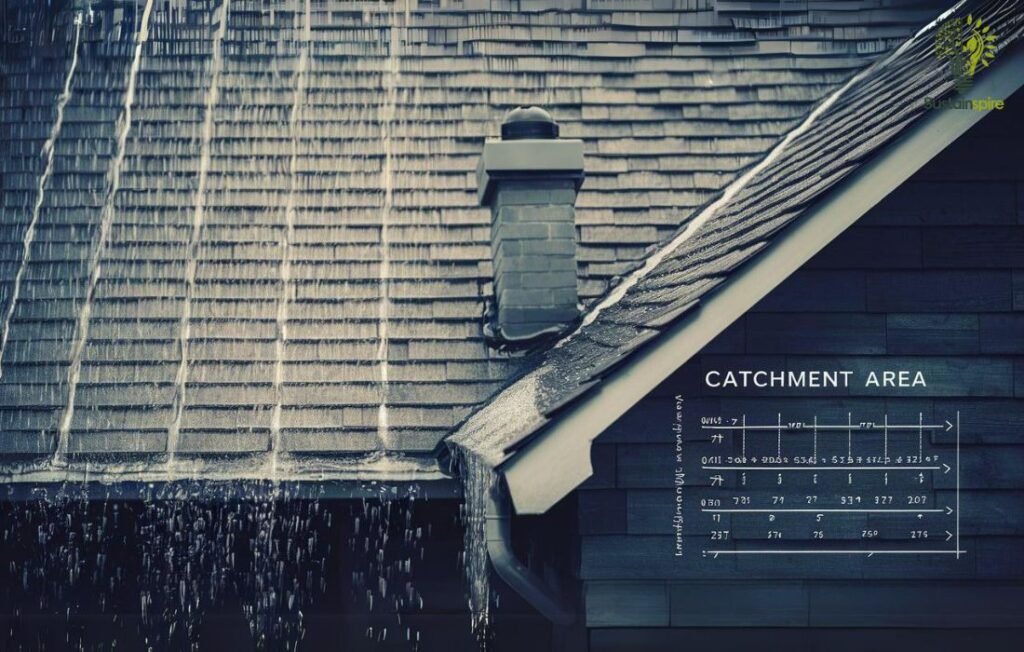
Gutters and Downspouts:
Gutters and downspouts act as the highways, directing the captured rainwater from your roof toward your storage tank. Proper installation is crucial to ensure efficient water flow and minimize leaks.

Pre-filtration:
Before reaching your storage tank, the collected water goes through a pre-filtration stage to remove debris like leaves and dirt. This initial cleaning ensures cleaner water storage and reduces the strain on water filtration systems.
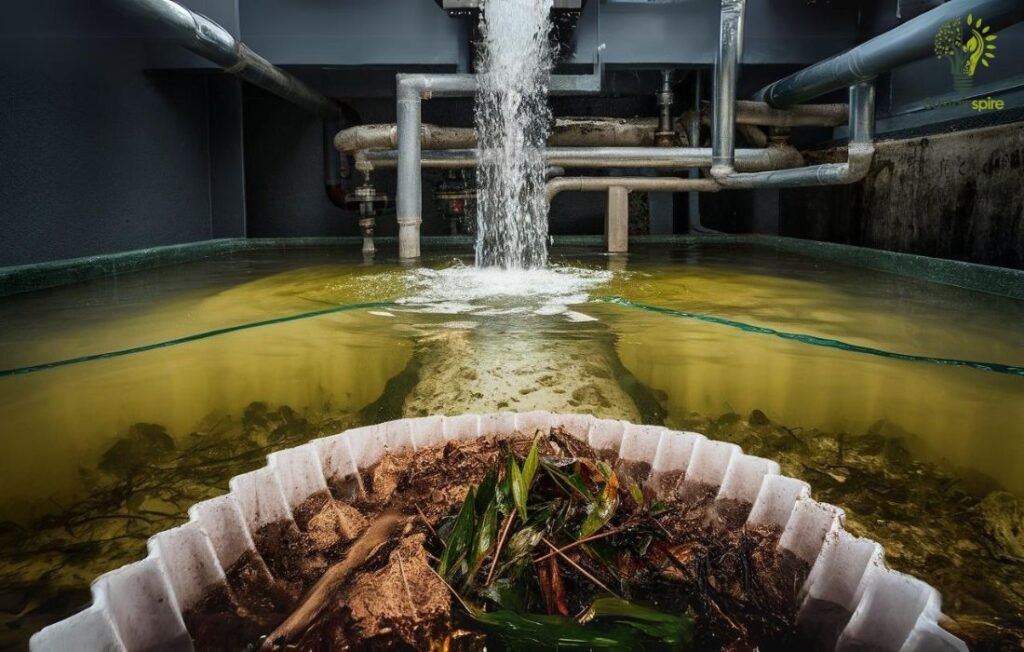
Storage Tanks:
Storage tanks are the heart of your system, holding the collected rainwater. The size of your tank depends on your water needs and available space. You can choose from various materials like plastic or metal, each with its own pros and cons.

Delivery Systems:
Finally, you’ll need a way to move the water from your storage tank to its final destination. This could involve a simple gravity-fed system or a more complex setup with pumps and piping to reach your garden or even inside your home for specific uses.
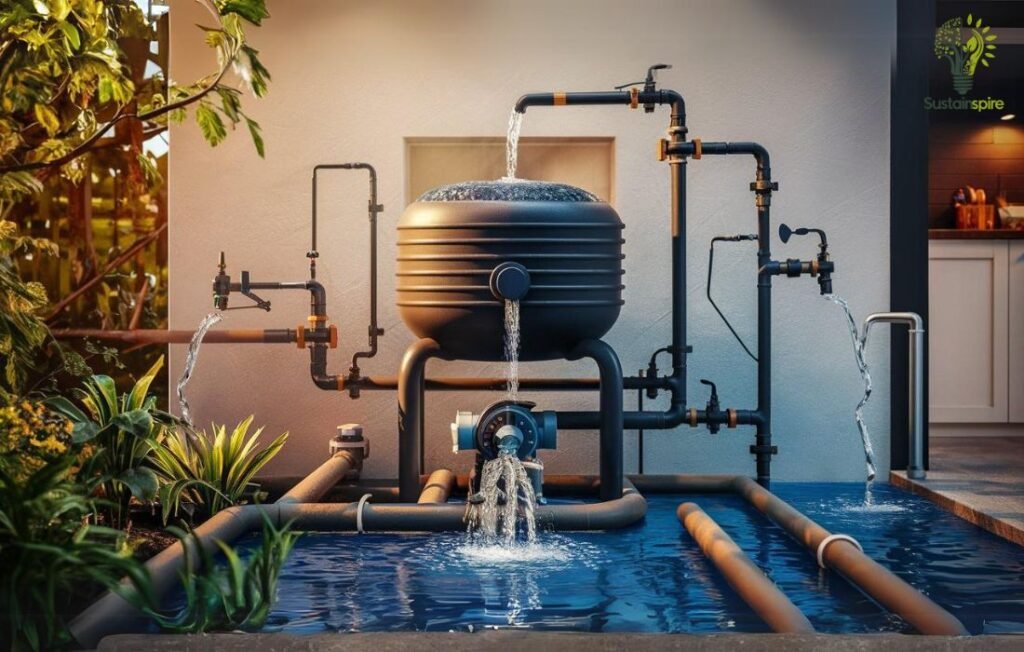
Building Rainwater Collection System: A Step-by-Step Guide
Here’s a simple guide to help you build your own rainwater collection system. It’s easier than you think and can save you money on your water bill!
Step 1: Setting Up Your Storage Tank
First, you’ll need a large container to store the rainwater. To avoid wasting of water, also consider the level of rainfall in your area. This could be a plastic barrel, a repurposed trash can, or even a custom-built cistern. Make sure it’s clean and sturdy. You will have to place your tank on a level, stable surface.
Step 2: Connecting Gutters and Downspouts
Next, connect your gutters and downspouts to your storage tank. You can use flexible piping or rigid PVC pipes. It is important to create a watertight seal to prevent leaks.
Step 3: Installing a First Flush Diverter
This nifty device diverts the initial flow of rainwater, which may contain debris from your roof, away from your storage tank. It helps keep your collected water clean.
Step 4: Connecting the Overflow System
It’s important to have an overflow system in case your tank gets too full. This can be a simple pipe that directs excess water away from your house and into a safe area.
Step 5: Adding a Pump (If Needed)
If you want to use your collected rainwater for irrigation or other purposes, you’ll need a pump to move the water from the tank. Choose a pump appropriate for your needs and connect it to your storage tank.
Step 6: Installing a Final Filter
Before using your collected rainwater, it’s best to filter it one last time to remove any remaining impurities.
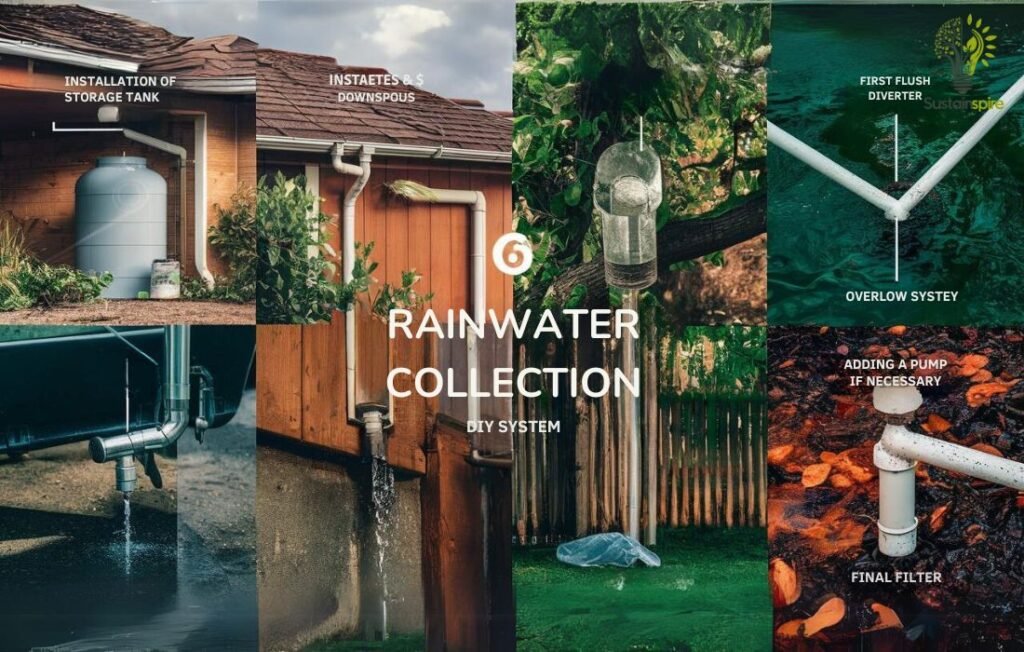
Maintaining Your Rain Water Collection System
A well-maintained rain water collection system can provide years of reliable service. Here’s how to keep your system in top shape:
Regular Cleaning:
Regular cleaning is essential to prevent the build-up of debris and algae. Clean your gutters and downspouts at least twice a year, or more often if you have many trees nearby. You should also periodically inspect and clean your storage tank. This will help ensure the water remains clean and usable.
Inspecting for Leaks and Damage:
Inspect your system regularly for any signs of leaks or damage. Pay close attention to connections, seals, and the tank itself. Promptly addressing any issues can prevent larger problems and costly repairs down the line.
Winterizing Your System:
In colder climates, winterizing your system is crucial. Drain your storage tank and disconnect hoses and pumps to prevent freezing and potential damage. You can also add insulation to exposed pipes to further safeguard against the cold.
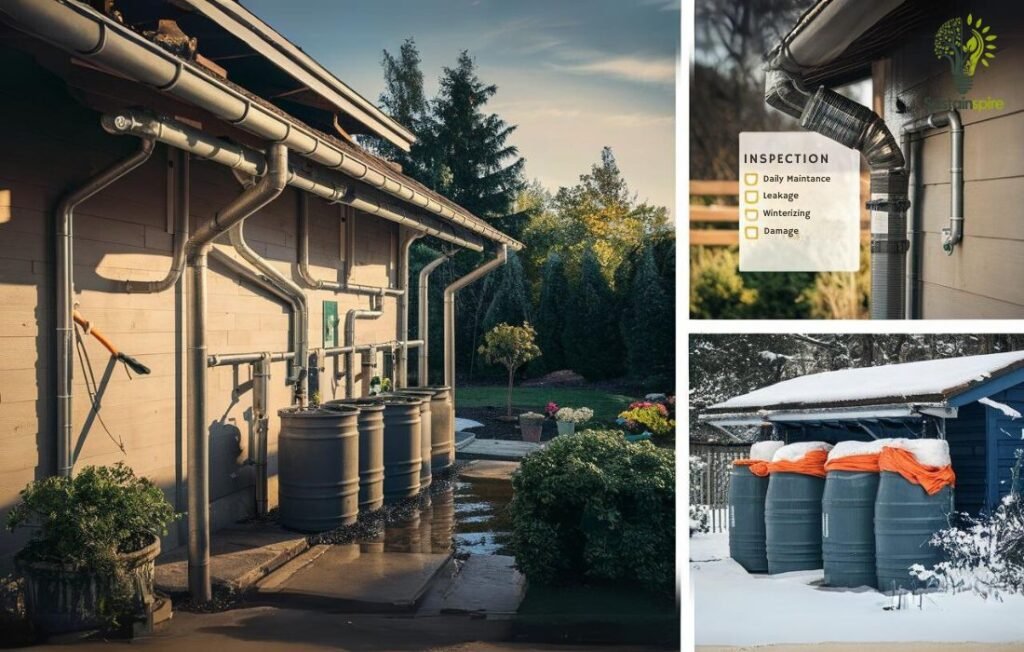
Advanced Rainwater Harvesting Techniques
Collecting rainwater in a simple barrel is a great start. But what if you want to take your water conservation efforts to the next level? There are advanced techniques that can integrate rainwater into your existing systems, and even allow for indoor use.
Integrating with Existing Irrigation Systems:
Instead of manually hauling watering cans, consider connecting your rainwater collection system to your irrigation. This can be achieved by plumbing the system directly to your sprinklers or drip irrigation lines. Depending on your setup, this might involve pumps and pressure regulators to ensure proper water flow.
Utilizing Rainwater for Indoor Use:
With proper filtration, rainwater can be used for tasks like flushing toilets or doing laundry. This involves diverting collected water to a separate storage tank specifically for indoor use. A simple pump can then move the water to your desired locations.
Advanced Filtration:
While rainwater is naturally pure, it can pick up contaminants from roofs and the atmosphere. To make rainwater safe for drinking, advanced filtration is necessary. This typically involves multiple stages, including sediment filters, activated carbon filters, and UV sterilization. Consult with a water treatment specialist to design a system suitable for your needs.

Conclusion:
Building your rain water collection system can be a rewarding project that saves water and money. By following the steps outlined in this article, you can create a system tailored to your specific needs. Remember to choose the right type of system for your home and roof size. Regular maintenance will ensure your system functions efficiently.
With a little effort, you can harness the power of rainwater and make a positive impact on your water usage and the environment. Share your experiences with rainwater harvesting in the comments below!
Frequently Asked Questions
Generally, rainwater is not safe to drink directly. It can contain pollutants from the air and roof. For drinking, rainwater needs treatment, like filtration and disinfection.
Permit requirements vary by location. Some areas have minimal regulations, while others are stricter. Check with your local municipality for specific rules.
The cost of a rainwater collection system depends on its size and complexity. A basic DIY system using a rain barrel can be relatively inexpensive, potentially under $200. More elaborate systems with large cisterns, filtration, and pumps can cost several thousand dollars.
Mosquito breeding, algae growth, and debris buildup are common issues. Regular maintenance, like cleaning gutters and covering tanks, can prevent these problems.
In general, rainwater harvesting is legal in most of the United States. However, some states and municipalities have specific regulations, restrictions, or even incentives related to rainwater collection.








Very nice wait for the new arrival
Good